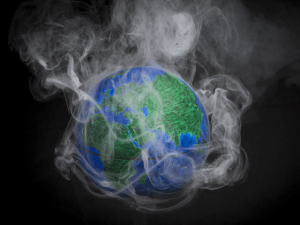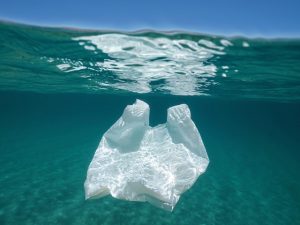Source | Breitbart
Global Warming
The Earth’s climate has changed rapidly throughout history. In 7000 documented years, atmospheric carbon dioxide levels have never been as high as they are today. According to NASA’s Global Climate Change Committee, “climate-warming trends over the past century are extremely likely due to increased human activities”.
Global warming poses numerous threats to the Earth for example, melting ice leading to a rise in sea levels, extreme weathers and risks to wildlife resulting in the endangerment or extinction of wildlife. Not only are there environmental impacts, but change in temperatures are detrimental to the the economy since agricultural, forestry, energy and tourism sector rely heavily on certain temperatures.
The planet that we live on, has suffered immense damage and will continue to deteriorate. Humans, as occupants of this planet, need to take care of the Earth and other living creatures before it is too late. With combined efforts we can make this a more habitable and prosperous place to live in. With simple changes in our daily life we can lessen the threat of global warming, such as reducing disposable plastic usage or increasing usage of public transportation.
Source | E&T
Single Use Plastic
Single use plastic, also known as disposable plastic, are only used once before they are thrown away or recycled such as plastic bags, straws, bottles and most food packaging. Out of the “300 million tons of plastic produced annually, only half of it is disposable and just 10-13% of plastic items are recycled”, statistics provided by the Plastic Free Challenge.
Since a majority of plastic that is produced is not biodegradable, a lot of it is dumped into landfills and eventually find its way into the ocean. Plastic is however degradable and over the years the toxic chemicals produced during degradation make their way into water and food supply. Additionally, plastic that ends up in the sea disturbs sea creatures.
How to reduce single plastic use?
- Buy a metal straw instead of getting a new plastic straw at restaurants
- Use your own bag when going shopping
- Bring your own containers for take-out if you’re at a restaurant and cannot finish your meal
- Carry around your own water bottle
Source | Zhuongicam KUNPORE
Public Transportation
According to the Environmental Defense Fund, “cars release approximately 333 million tons of carbon dioxide into the atmosphere” which accounts for 20% of the world’s total.
How to reduce car pollution?
- Use the public transportation
- Walk or ride a bike if travelling short distances
- Purchase a more fuel efficient vehicle
- Opt for electronic cars if the option exists


